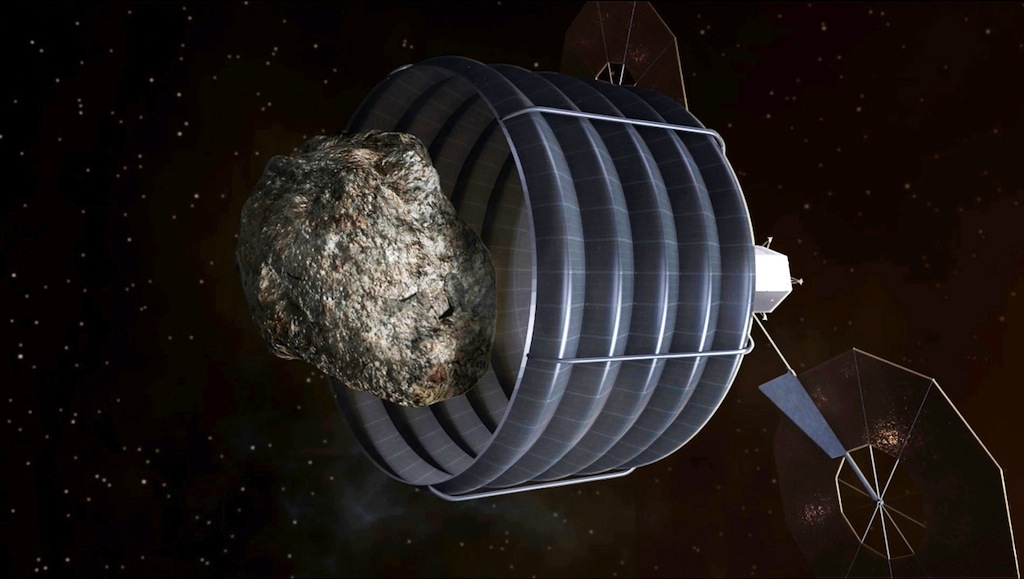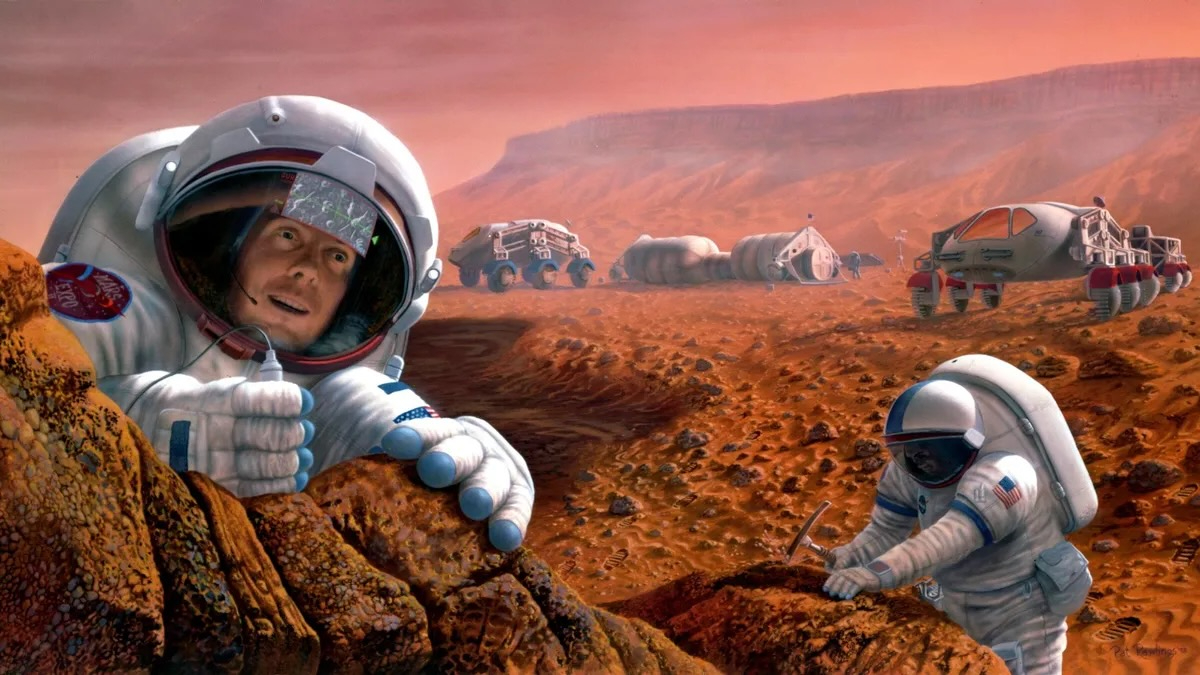NASA Completes First Review of Asteroid-Capture Concepts

NASA has conducted its first internal review of ideas for its ambitious asteroid-capture mission, agency officials announced Wednesday (July 31).
The review team, composed of NASA leaders from around the country, met Tuesday (July 30) to gauge the technical and programmatic aspects of different concepts proposed by researchers within the agency. NASA will continue developing the most promising ideas to formulate a baseline asteroid-capture mission concept, officials said.
"At this meeting, we engaged in the critically important work of examining initial concepts to meet the goal of asteroid retrieval and exploration," NASA associate administrator Robert Lightfoot, who chaired the review at the agency's headquarters in Washington, said in a statement. "I was extremely proud of the teams and the progress they have made so far. I look forward to integrating the inputs as we develop the mission concept further."
While Tuesday's review focused on internally generated ideas, the team also talked about the 400-plus proposals submitted by industry researchers, academics and the general public, officials said. Those responses flooded in after a June 18 request for information, in which NASA sought input about how to achieve the asteroid-capture mission.
The space agency is currently evaluating those outside ideas, officials said.
NASA unveiled the asteroid mission in April. The plan is to grab a small near-Earth asteroid — one perhaps 23 to 33 feet (7 to 10 meters) wide — using a robotic spacecraft and drag it into a stable orbit near the moon. Astronauts would then visit the space rock using NASA's Orion capsule and Space Launch System rocket, which are slated to fly crews for the first time in 2021.
The mission represents a way to meet one major goal laid out by President Barack Obama, who in 2010 directed NASA to send humans to an asteroid by 2025, then on to the vicinity of Mars by the mid-2030s.
Breaking space news, the latest updates on rocket launches, skywatching events and more!
Snagging an asteroid would also help develop asteroid-mining technology, improve scientists' understanding of the early solar system and give humanity crucial experience working in deep space, advocates say.
Follow Mike Wall on Twitter @michaeldwall and Google+. Follow us @Spacedotcom, Facebook or Google+. Originally published on SPACE.com.

Michael Wall is a Senior Space Writer with Space.com and joined the team in 2010. He primarily covers exoplanets, spaceflight and military space, but has been known to dabble in the space art beat. His book about the search for alien life, "Out There," was published on Nov. 13, 2018. Before becoming a science writer, Michael worked as a herpetologist and wildlife biologist. He has a Ph.D. in evolutionary biology from the University of Sydney, Australia, a bachelor's degree from the University of Arizona, and a graduate certificate in science writing from the University of California, Santa Cruz. To find out what his latest project is, you can follow Michael on Twitter.
